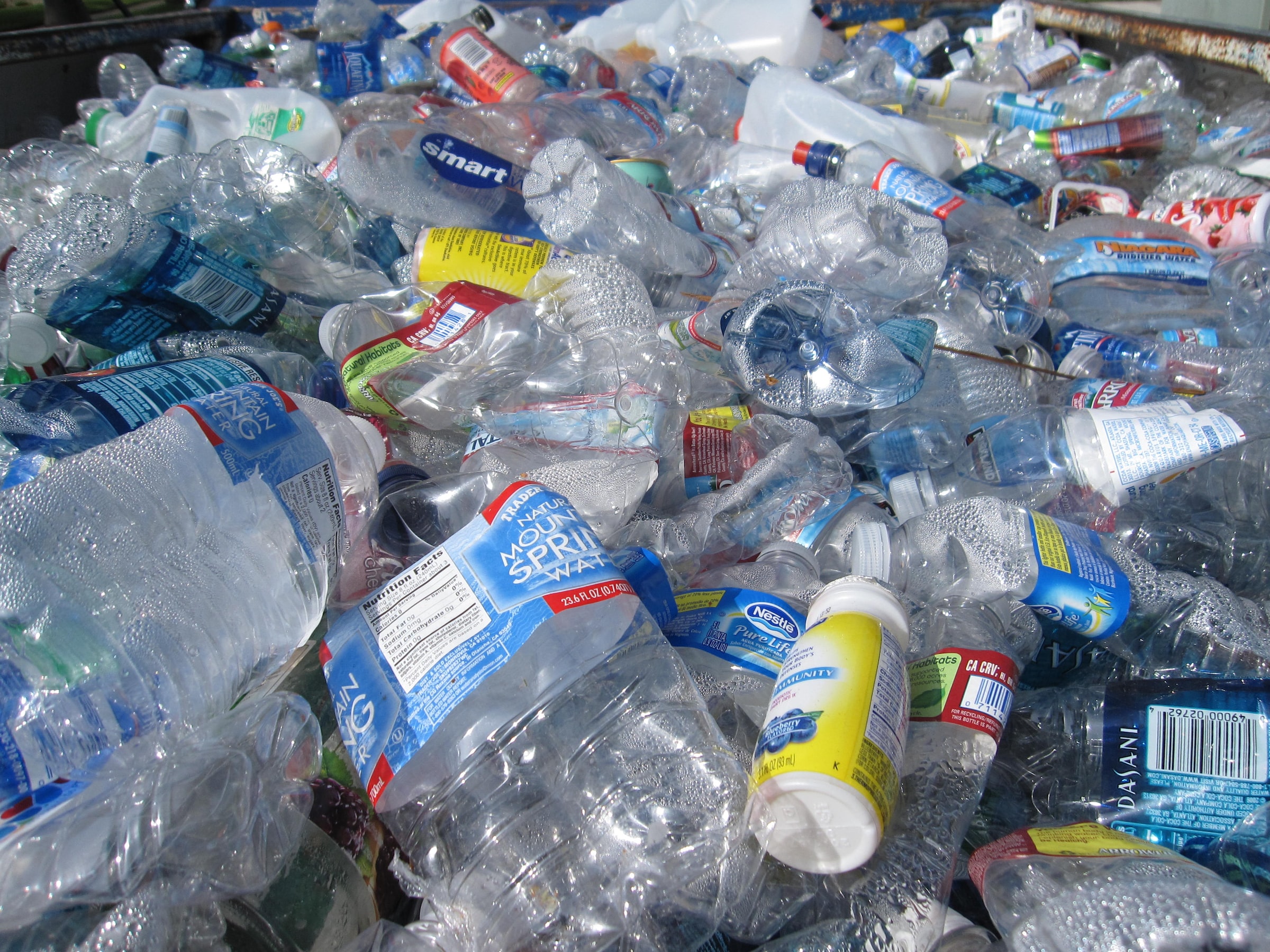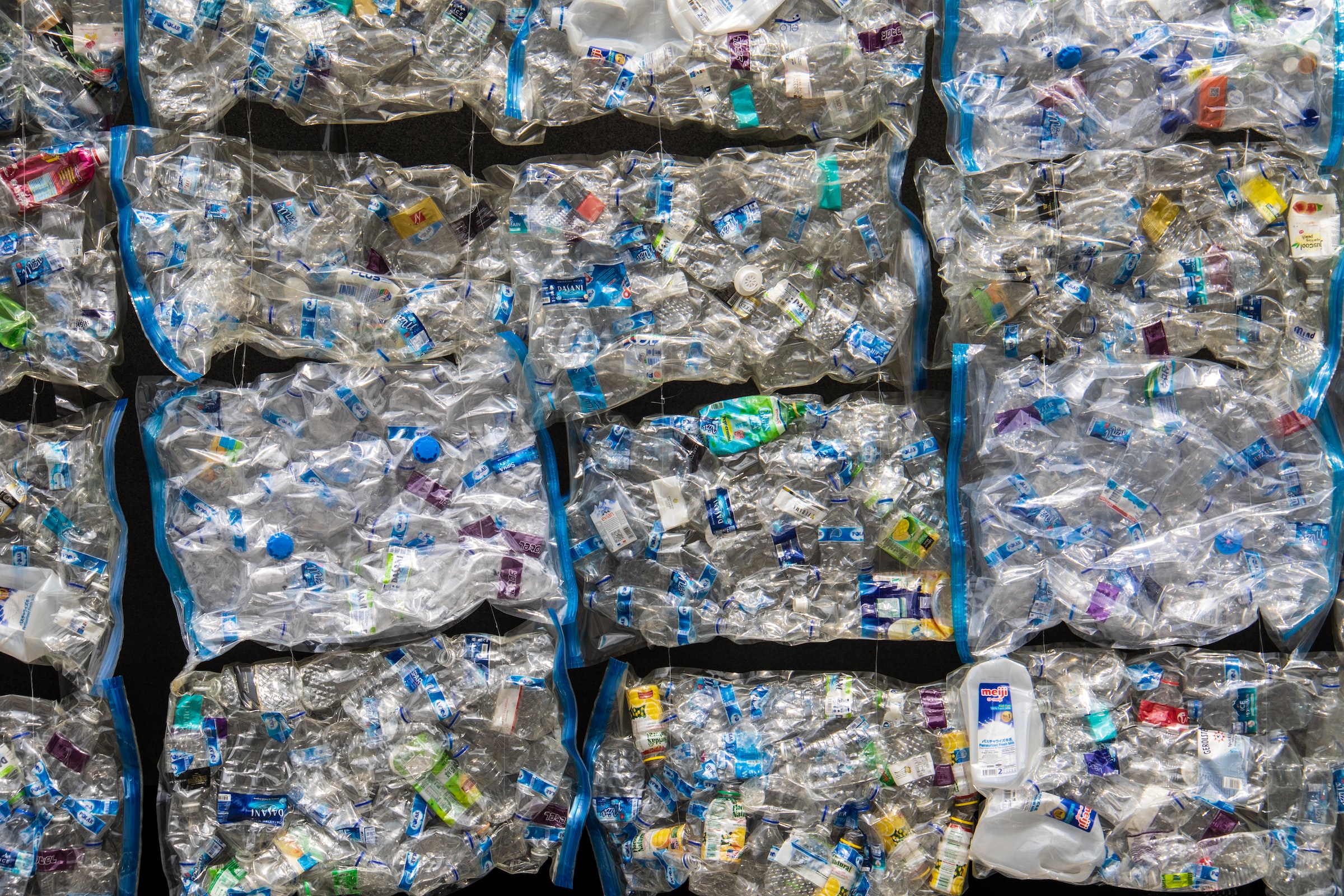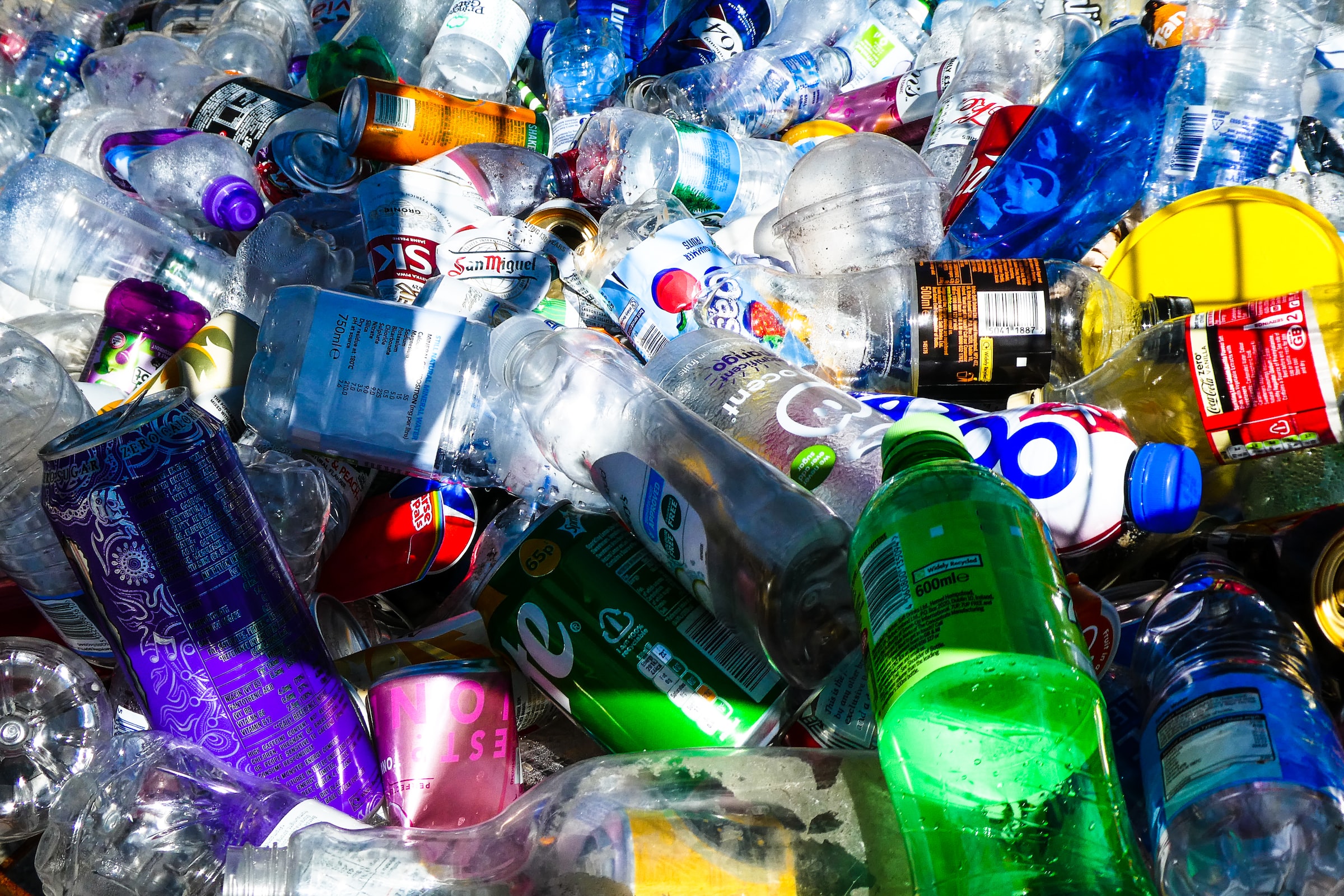At the moment on earth, plastic has invaded almost every surface, whether on land or sea. In our daily life, we use this material quite often. And once we don’t know what to do with it, we throw it away. However, it is a material that takes years, even centuries, to degrade. It is, therefore, necessary to find ways to collect, treat and reuse this waste as soon as possible. Plastic pyrolysis is a method that scientists have found to reuse this material as fuel. So, without further ado, let’s dive into this blog and learn everything you need to know about pyrolysis.
A nanoporous material

Research is therefore focusing on optimizing the pyrolysis process to increase the amount of oil with a petroleum cut- that is, the composition of the hydrocarbon mixture according to the number of carbon atoms in the molecules close to that of diesel-type s. This allows for a one-step conversion of the plastic into fuel without having to subject the hydrocarbons to a further “cracking” step.
Researchers at California Polytechnic University have designed a new process based on a catalyst and a new reactor architecture. The catalyst used is a mixture of nickel and tungsten deposited on a zeolite substrate, a nanoporous material. The latter is a crystalline aluminosilicate (SiO2-al2O3) sieve with microscopic pores that increase the exchange surface to increase the efficiency of the process but also facilitate the dewaxing process. This property allows for obtaining cuts between C9 and C22 (between 9 and 22 carbon atoms), typical of common diesel.
How to learn about pyrolysis?
Certainly, there are people who have not yet heard of this method. In fact, it is not a new technique at all. However, its concept is developing. You should also know that pyrolysis is not only for plastics. It is the thermal decomposition of organic materials to obtain a carbonaceous solid, an oil, or a gas.
For plastics, distillation allows them to transform into fuel. In any case, this process is accessible to everyone. You need to have the necessary materials such as stainless steel tanks, copper tubing, copper wall passes, butane or propane gas, and of course, plastic waste. It is best to use polypropylene or polyethylene plastics. First, the plastics are crushed and then hermetically sealed in the first tank.
The last two tanks must be heated to condensate the gases at a high temperature. Then the plastics are heated to 450 degrees. This oxygen-free combustion will produce diesel, kerosene, gasoline, and gas (1 kilo of plastics yields 800 grams of fuel). After about an hour, turn off the system and let it cool down before opening the tanks. These fuels will be useful in many areas; for example, gasoline will be used for electricity. This is the basic idea of how waste should be managed.
What are the advantages of pyrolysis?

The process of distillation of plastics has many advantages for people and nature. From an environmental point of view, pyrolysis offers better control of the degradation of plastics, as they will not disappear for centuries. On the other hand, fuels from plastics also show secondary reactions. However, it does help to reduce the ever-increasing numbers of plastics. So there is a way to help get rid of these environmentally harmful materials. But the plastic will not cease to have an effect no matter what form it takes or what transformation it undergoes.
A pyrolysis is also a new form of recycling. With tons of plastic constantly covering the earth, recycling is one of the best ways to combat this. They can be reused in the home, for gardening, and many others. Yet only a handful of these plastics are recycled. Even if some plastics contain substances that are extremely dangerous to the environment, recycling is never a bad thing. It is necessary to know in any case that not all plastics are recyclable.
Pyrolysis allows for the transformation of these non-recyclable materials. Moreover, it is an energy recovery of plastic waste. In the past, the landfill was preferred because it was the simplest and cheapest. However, landfill is not a better solution because storage space and capacity are limited. Fortunately, pyrolysis avoids huge stocks of plastics. It not only gets rid of plastic waste but also gives it a new use in everyday life. This is generally called waste recovery or waste reclamation.
Sound off in the comments section below and tell us what you want to read next and if you want to read more about pyrolysis.
